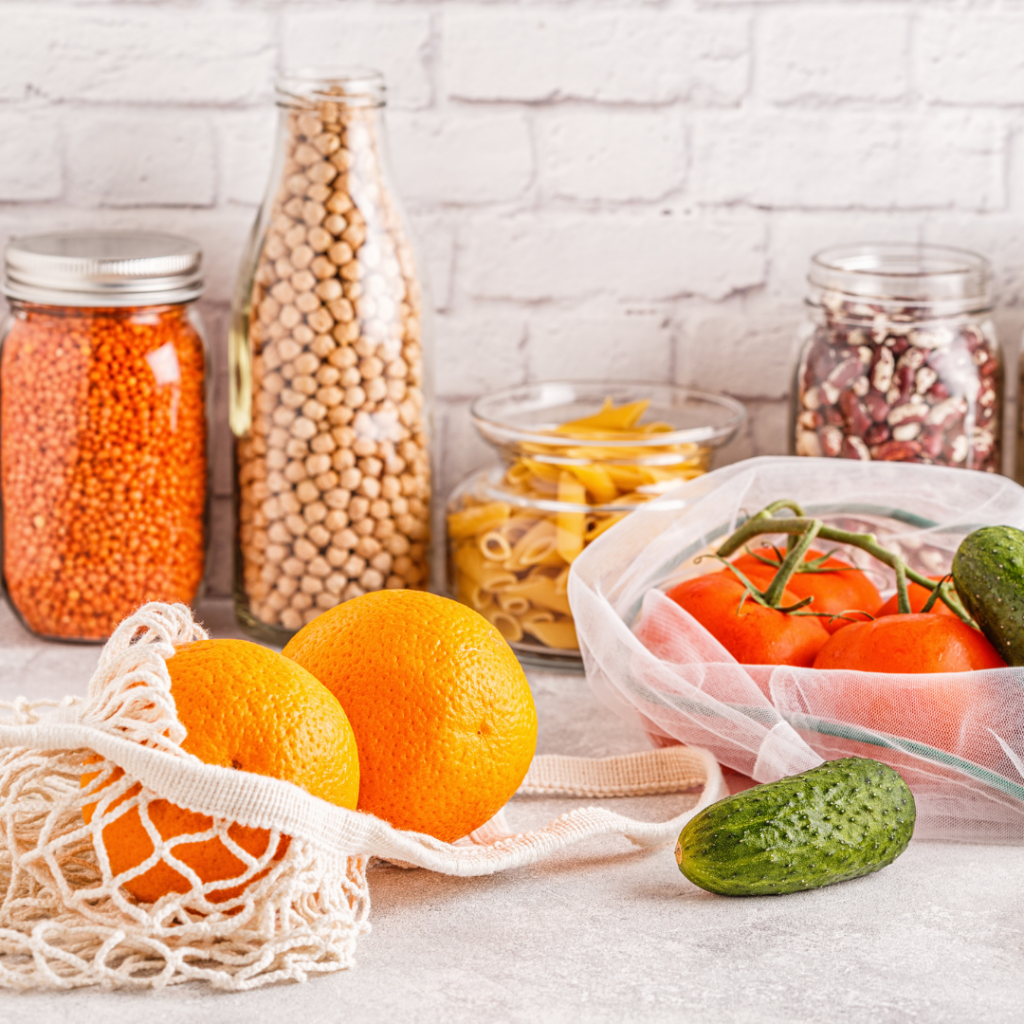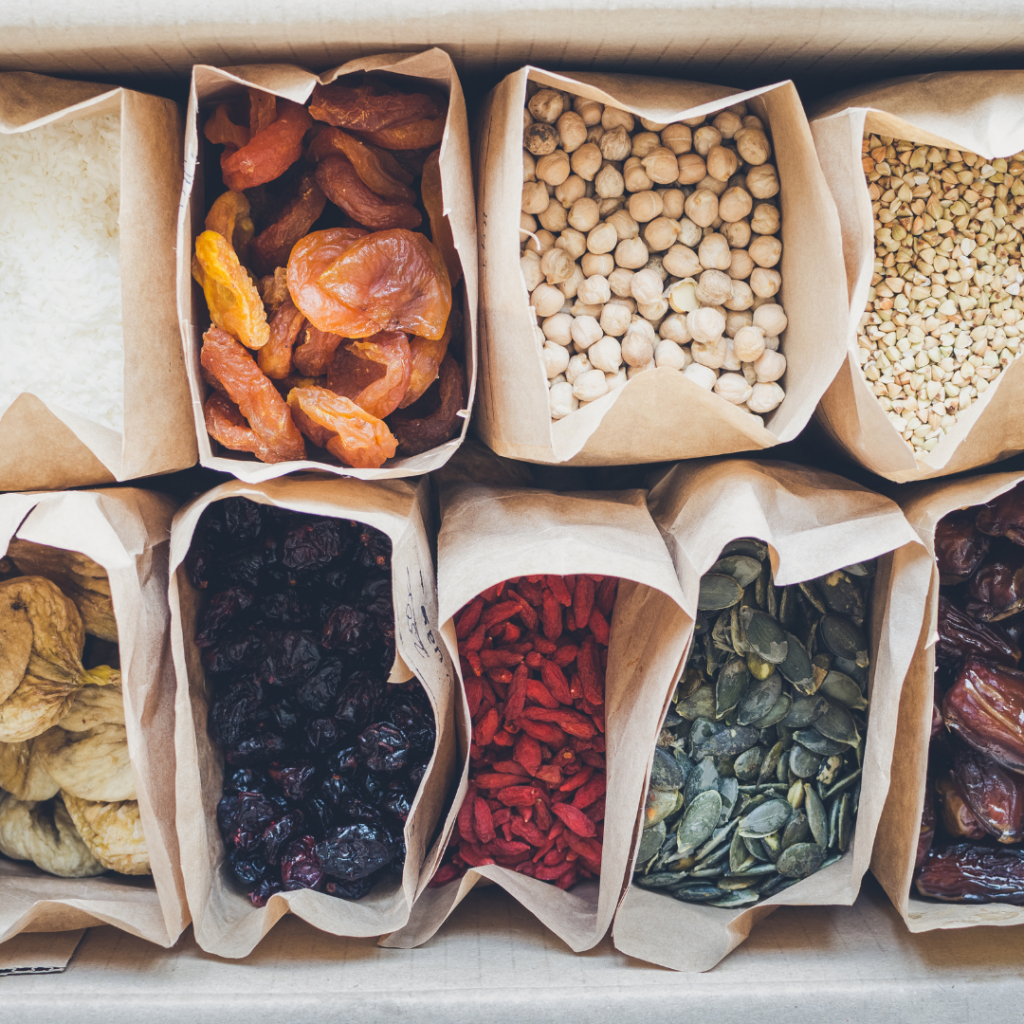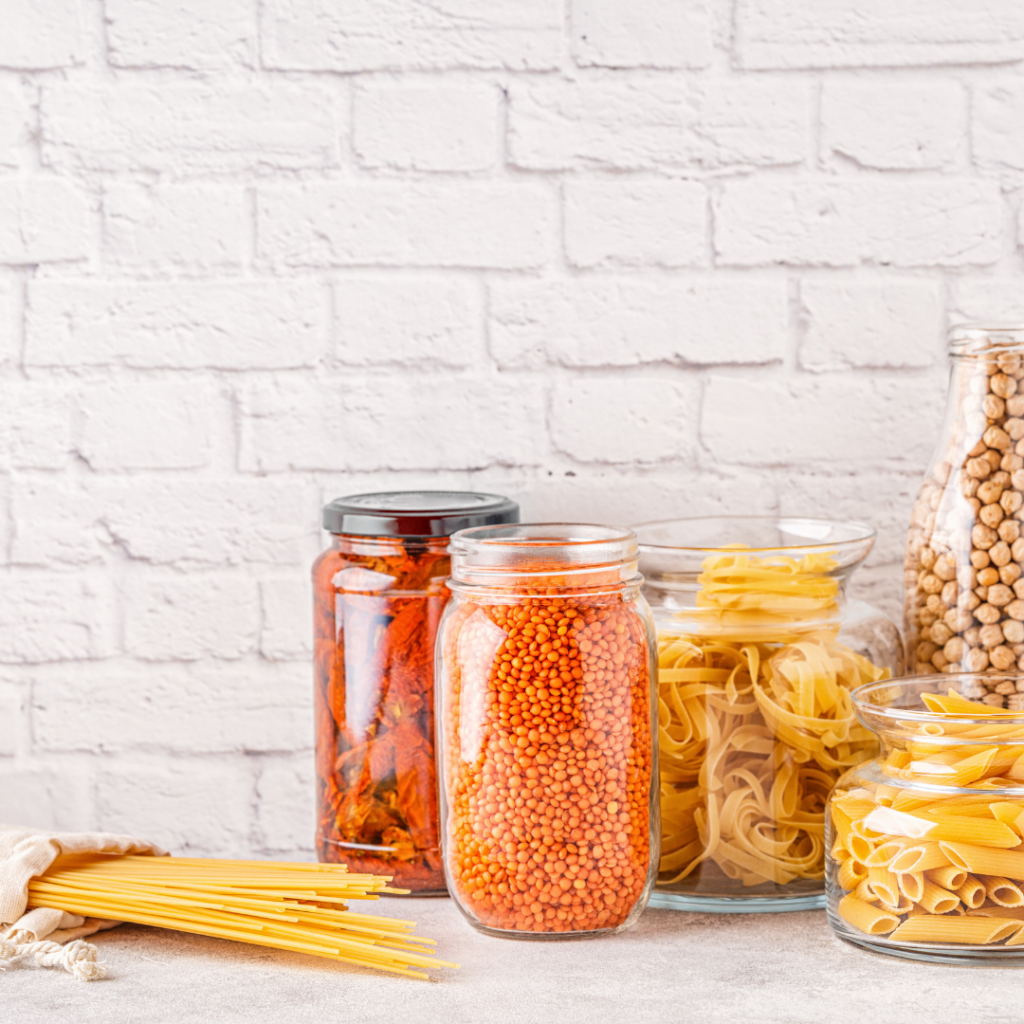Ok, so let’s talk about the biggest question we have when we start working on our food storage… how much do I need?
This is something I really struggled with at the beginning of building up our food storage. Storage is a bit subjective, which makes it difficult for someone write up just exactly how much food to buy. Because when I started, I really wanted to find some list somewhere that told me, “Dude, go buy 200 cans of corn, and 150 cans of black beans, etc.” But I honestly don’t like canned peaches, and maybe you hate eating green beans.
“We want you to be ready with your personal storehouses filled with at least a year’s supply. You don’t argue why it cannot be done; you just plan to organize and get it done.”
Spencer W. Kimball
We know that our ultimate goal is a two year supply. But when we are just starting out, it’s important to take baby steps. Start with three days; supplies for nine meals. Then a week or two. Then focus on building up a three month surplus so that in the case of illness, loss of employment, or other emergency, you will have foods that you regularly eat on hand. Then, we focus on the basics for a year, and then two.
Inventory What You Have

As long as I can remember, we have been taught to prepare for the future and to obtain a year’s supply of necessities. . . . I believe the time to disregard this counsel is over. With the events in the world today, it must be considered with all seriousness. . . . Create a plan if you don’t already have one, or update your present plan . . . We are not in a situation that requires panic buying, but we do need to be careful in purchasing and rotating the storage that we’re putting away.
L. Tom Perry
There are several different ways to track what you have in your supply. My mom would inventory once or twice a year using a paper inventory system. Fun, Cheap, or Free has some really cute inventory sheets (forms are always more fun if they are cute right?) for free here. We also tried tracking on our Google Sheets at one time, but we found that a little labor intense for our small family.
Our favorite inventory tracker is the Stock Up app. It’s free! It allows you to count all the food you have, (You can even add extra categories for things like household goods!) and then you can add the number of members in your family to get an estimate of how much food you already have on hand, and what areas need the most attention. It will help you set goals for the next major marker, starting at 3 days, a week, a month, 3 months, ect.
Measuring Pounds

Recommendations for the amounts of food you need are usually measured in pounds. The Church of Jesus Christ of Latter-Day Saints recommends (per person age 11+):
- 400 pounds of grains (pastas, cereals, wheat, flour, rice)
- 60 pounds legumes (beans, lentils, etc.)
- 16 pounds powdered milk
- 10 quarts cooking oils
- 60 pounds sugar or honey
- 8 pounds salt
“Prepare their hearts and be prepared in all things against the day when tribulations and desolations are sent forth upon the wicked.”
Doctrine & Covenants 29:8
Now, the important part to remember here is that this is for long term storage, and that it’s supposed to just keep us alive. This is not storage that is going to keep us eating like we eat right now. (Picture covered-wagon kinda rations.) Kellene at the Preparedness Pro has some awesome visuals on what that looks like here.
Our Family’s Strategy

As a family of four with two littles at home, we know that preparing to keep our food normal as possible is important for us. (Those toddlers gotta eat, and they can be a little particular when it comes to meal time.) So, our approach has been to build up the essentials at the same time as the regular things we eat. We don’t currently have the finances to just go out and buy 1200 pounds of wheat. (I don’t think most people do.)
So what do we do? We try to stock up on essentials during big sales like case lots, or when Costco has good deals on their flour or rice. Often times during case lot sales, the 5 gallon buckets will also go on sale so we can buy a bucket and flour or rice at the same time. Those sales usually come late March/early April and October-ish. I start to watch the ads and signs more closely to watch the dates that those sales will be happening, (Some stores don’t announce them until a week or two before.) and aim to save some of my grocery money that month to go to storage. Those months I also try to plan cheaper meals so that I can have more wiggle room in my budget.
In the fall, I tend to be more excited to bake and cook (especially after a summer with no air conditioning) so I try to make more freezer meals then. We also try take advantage of the late summer and fall harvest farmers’ markets and corner sales, because we don’t live where we can grow our own garden.
Then most of the time, we try to buy a couple extra cans/shelf-stable products a week for groceries. Those go to the back of the shelf, and the older stuff gets moved forward. We find that this way we are building up what we eat the most. For lots of budget friendly tips on jump starting your food storage that we use in our home, check out our tips here.
Try a Shopping List Method

Now, sometimes it’s nice to just have a list of what to get. There are lots of lists and plans out there that can help you get started or bolster what you already have! Here are some options for you:
- 52 Week Guide to Build Food Storage (This gives you an item or two to buy each week to build a one year supply for 2 people)
- Another quick way to build up food storage is using a Survival Soup. This will feed a family of four for about a year.
- No idea what to buy? Seasoned Citizen Prepper has an awesome list of all the things that you may want to include for variety and good a shelf-life.
Remember the Why

Remember that story I tell about the toilet paper? If not, you can read it here. When the world ran out of toilet paper, we had enough to share. And that’s when my whole perspective on food storage changed. I had always known that I wanted to be able to have enough to support myself, and my family. We had always shared extra produce and things we had on hand with our neighbors who were having a hard time. But I had never thought about if there were a time when we really, really couldn’t get something, it wasn’t available, that I would want to able to be generous. I want to be able to take care of not only my family, but friends and neighbors, ward members, community members, you get the idea.
“Let us be in a position so we are able to not only feed ourselves through home production and storage, but others as well.”
Ezra Taft Benson
As we work to gather our two year supply of food storage we will be blessed to find the means to build up our storage, and be a blessing to those around us well. And then as emergencies arise, and the return of our Savior gets closer, we will be able to meet those challenges with faith instead of fear.
Resources:
- Church of Jesus Christ Food Storage Recommendations
- Fun, Cheap or Free Blog
- Seasoned Citizen Prepper, Survival Food List + Survival Soup Recipe
- Prepare for the Days of Tribulation, Ezra Taft Benson, October 1980
- If Ye Are Prepared Ye Shall Not Fear, L. Tom Perry, October 1995

